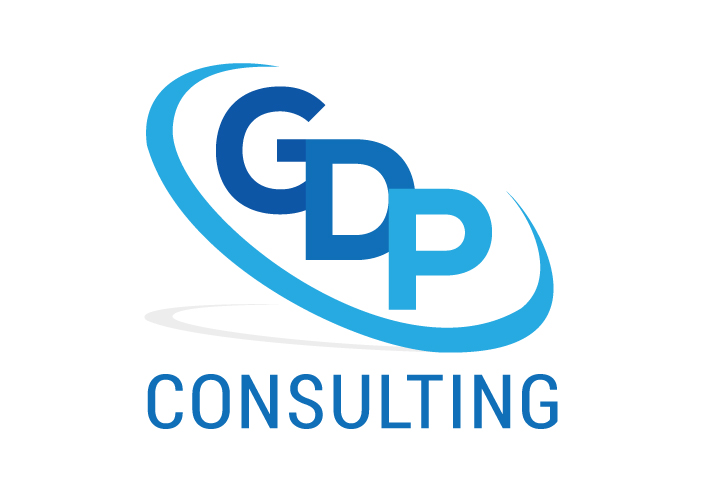Introduction
Boards which do not have a consistent source of funding are dependent on donors to augment their cash flow. How does a board find donors? How does a board keep donors? These questions are the focus of this article.
How to Find Donors
There is quite a demand for individual and corporate donations. Many corporations have  committees which decide how much is donated to which cause. Individuals make personal decisions and can easily be overwhelmed with the number of ‘good’ causes that are eagerly trying to access their finances.
committees which decide how much is donated to which cause. Individuals make personal decisions and can easily be overwhelmed with the number of ‘good’ causes that are eagerly trying to access their finances.
It is easy to say that everyone is a potential donor. That may be the case but rarely do not-for-profit boards have the resources to target everyone. Therefore, it is essential to focus the entity’s efforts. Who are the best candidates?
Who are the best candidates
The best candidates are those who
- Have the cash to donate
- Are known to make donations to similar causes
- Have given before
- Understand the cause/issue
- Know someone who has benefited from the programs or services offered by the organization
- Will benefit from an association with your board, or
- Need to increase their community profile.
When the board outlines the potential donors, it is ready to brainstorm the names of individuals, groups or companies which can be the focus of their fund-raising campaigns.
Focusing the Campaign
In order for people, groups or companies to donate willingly over time, they need to trust what the entity is doing. They need to hear about results. Therefore, it is critical to
- Collect data which demonstrates results
- Collect testimonials
- Photograph real events and people
- Write about good-news stories
- Highlight individuals, groups and companies which are donors
- Tell people how their money is used, and
- Make irresistible offers.
Collect data which demonstrates results
There are many organizations doing things but no one sees results. Does your board know the results it needs to see from its programs and services? If you do, write them down and tell people about your aims.
When you make headway or reach a milestone, tell all of your donors. Keep them informed. There is nothing worse than hearing from an organization only when it wants money. Be a communicator. Does your board have a communication plan? Do you follow it? Did you thank your donors? How often and how do you keep them informed of your accomplishments?
Collect testimonials
Most people believe what they hear. They believe statements made by real persons or their caregivers who are benefiting from the board’s programs and services.
What are people saying? One negative statement can destroy your best efforts. Therefore, it is vital for the board to collect as many positive statements as possible. Seek permission to use those statements in advertisements, annual reports, on the bottom of letters, or in flyers/brochures.
Photograph real events and people
You say you did this and this but did you? Photograph real events. Ask for permission to use the photographs. Pictures are worth a thousand words and this is true for not-for-profit entities.
Show many different faces. If donors see the same faces all the time they begin to wonder what is really happening in the entity.
Write about good-news stories
If you have a strategic plan you are reporting results. This is excellent practice. It is also essential to provide good news to your donors and potential donors. There is so much negative news in the media that many look forward to the good news. We feel better when our resources are used to benefit others and create a better world.
Do you tell your stories? How? How often? To whom? When possible, do you invite the media to be a part of your efforts?
Keep the good news coming.
Highlight individuals, groups and companies which are donors
There are very few individual persons, groups or companies which do not like being recognized. If they want to remain anonymous they will tell you. Mount photos or plaques to acknowledge donors.
Treat donors as partners. Do not shun them in any way. They are special and deserve to be treated with the utmost of respect.
Tell people how their money is used
Do not take others for granted. Tell them how their money was used. Be specific. If new programs or services were started with it, say it. When new equipment is purchased or new training is provided for staff, tell how your offerings will be enhanced. Provide pictures or show staff diplomas.
Make irresistible offers
Make offers potential or existing donors cannot resist. Say, if we have this amount then we can do this, or if we have that amount we can do that. Put verbs in sentences. Make it real. Tell how many people would benefit or have already benefitted from similar programs or services.
You can tell the tragic story and end by stating what could happen with the donations you need. State
- how many things you can buy
- how many hours of intervention you can provide
- how many staff hours can be provided
- which repairs can be completed, or
- how it would change the quality of someone’s life.
Final Comments
Donors are making decisions every day. Negative gossip can hurt not-for-profit entities. Positive stories from real people or real situations can assist donors to choose your organization.
Once a person, group or company gives, it is critical that they feel valued. How each board accomplishes this depends on the board’s circumstances. Stating that there is no time or resources to do this is unacceptable and will affect your organization over time. Everyone needs to feel valued and appreciated. There are multiple ways of doing it. As the Nike saying goes, “Just do it.”
